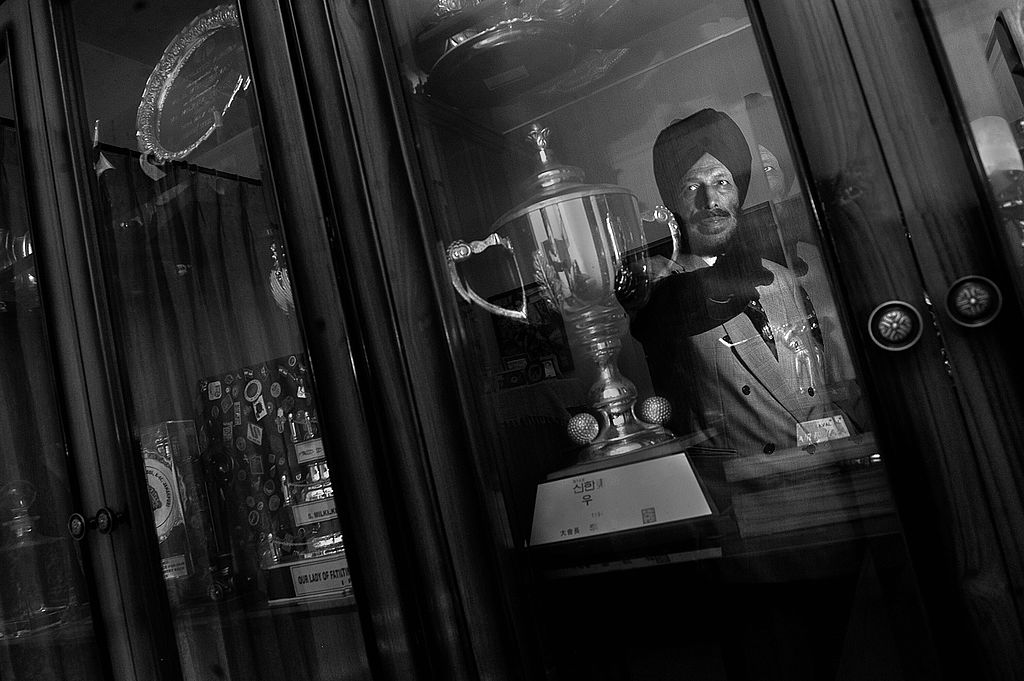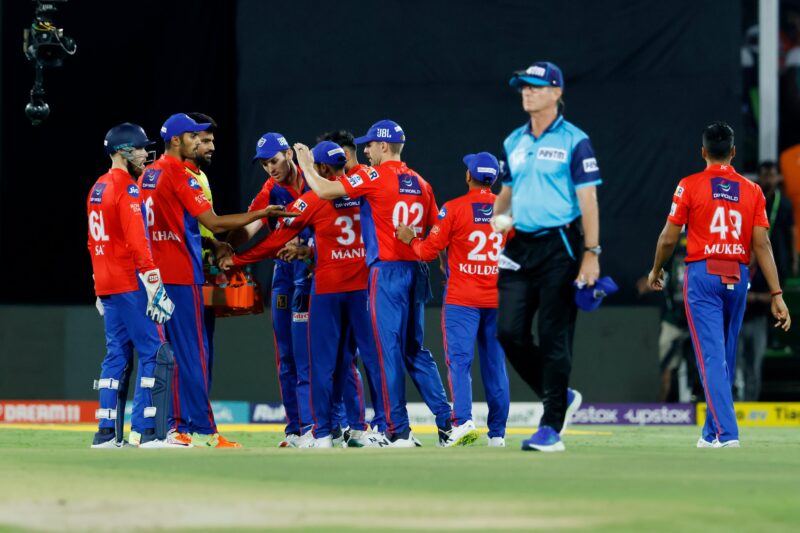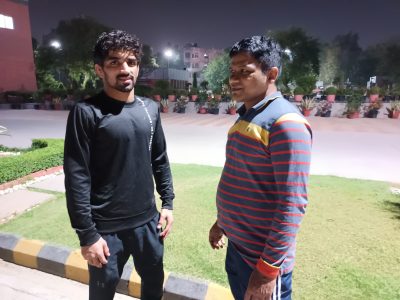After inspiring generations, the legendary athlete Milkha Singh succumbed to post Covid complications on 18 June. A look at his life and achievements
The first time I met Milkha Singh, it was somewhere in 1985 at the Punjab University campus playground area in Chandigarh. He was taking an evening stroll along with his better half, Nirmal. As I was obviously a new student there and knew little that this legend is a regular there and anyone can go and take his blessings. My first reaction was that I just ran towards him to touch his feet. “Jiyonda reh (have a long life),” was how he replied as I bow down to touch his feet.
As a curious 16-year-old boy, I could not stop myself from briefing him about myself. “I’m from Shimla sir and have come here just for cricket coaching only,” was how I introduced myself to a legend. He stopped for a moment, turned his face towards me and said: “Paharis have bigger hearts, pata hai naa (people from hills have bigger hearts, you know this)”. I could not understand the exact meaning of what this legendary sprinter was trying to convey. I actually thought that he was telling me that “people from hills are large hearted and kind”, but it was only after a few days or maybe months that I understood the exact meaning of what he told me that day.
The living legend used his athletic language to convey to me that “people who have trained in hilly areas have ‘bigger heart or athlete’s heart’ as compared to those living in planes and that helps them in very high-intensity training”. The day I understood this, I got that extra energy and motivation to always feel a stride ahead of others in the years to come.
Often, the senior Milkha would come to see his son play on foreign soil and we would walk together. On most occasions, he would ask me to wait while he got a beer each for us. One for the front nine and one for the back nine! I was lucky to have met the legend many more times later on as a sports journalist. But one thing I have always observed was that he was full of life. Though the praise for the current crop was hard to come from him, he always encouraged them to win at international levels and not glorify their domestic achievements.
Legend lives on
As the news came that a 91-year-old sprint legend passed away in Chandigarh on 18 June due to post-Covid complications, I only remembered those evening strolls of Mr and Mrs Milkha Singh of my old days.
Having lost his soulmate only five days back, 13 June, Milkha obviously had lost that zeal to continue without his soulmate and partner of 58 years. He leaves behind three daughters Dr Mona Singh, Aleeza Grover and Sonia Salwalka, and son Jeev Milkha Singh, a famous Indian golfer.
When we were growing up in the 80s, the life and legend of Milkha were well known and documented in text books and quiz competitions. But off late, the corporatisation of sports in India somewhere lost track of that old generation, till actor Farhan Akhtar, who played Milkha in the Bollywood biopic Bhaag Milkha Bhaag, hit the multiplexes around the world.
The current generation suddenly realised that at a time when India was still finding its feet in various spheres of life after Independence in 1947, we found a hero on the sporting track whose achievements were unthinkable. It’s not only that only people from the older generation swear by Milkha’s name, even the kids today are inspired to train hard just like him. That in itself speaks about this incredible man, and his legacy.
The four-time Asian Games gold medal winner was India’s most celebrated track athlete. He won the gold medal in track events in 1958 Tokyo Games (200m and 400m), and 1962 Jakarta Games (400m and 4x400m relay) events. He was also the 1958 Commonwealth Games champion in the 400m race. But it was that heartbreak in the 1960 Rome Olympics, where he missed the bronze medal by 1/100th of a second, that no Indian has forgotten till date.
No Indian has come that close at any Olympic final race. Be it Gurbachan Singh Randhawa, for instance, who won the gold in decathlon in the 1962 Asian Games and came fifth in the 110m hurdles in the 1964 Tokyo Olympics or the golden girl of Indian track, P.T. Usha. Milkha was always the tallest and that’s how his record stood for nearly four decades.
It was only after 38 years that Paramjit Singh Guaracha broke the very record in 400m that the iconic sprinter had against his name in 1998. In Rome, Milkha set that memorable race in 45.6 seconds and on November 4, 1998, 26-year-old police officer Paramjeet overcame his national record of 45.73 in 400m at the Indian National Open Athletics Meet in Kolkata.
However, Milkha always used to rue that there can’t be a comparison between the two races. In Rome, Milkha Singh had run on a cinder track and his performance was recorded manually. However, Paramjeet ran on a modern synthetic track with electronic timers in operation. Milkha was officially hand-timed at 45.6 seconds during his fourth-place finish in the Olympics, though an unofficial electronic timer at the Games clocked him at 45.73 seconds.
Years later, electronic timers were installed at all international events and 0.14 seconds were added to all hand timings to compare with electronic timings. Milkha’s hand-timed 45.6 was converted to 45.74 seconds in electronic timing, which Paramjit bettered by running 45.70 seconds in 1998. Later on, he accepted it also after much persuasion by his son, Jeev. Milkha called Paramjeet over dinner to his house and handed over that promised amount cheque of Rs One lakh to him for breaking his record.
The current 400m national record is in the name of Muhammed Anas Yahiya with a timing of 45.21 seconds.
Early life
Milkha’s early childhood was not a normal one. The bloody partition of India had young Milkha witnessing his house being set ablaze during riots in Gobindpura, west Punjab. The killing of his parents, a brother and two sisters gave him scars which were not to be healed in the times to come.
Milkha wasn’t highly educated because his troubled childhood hardly provided him time to go to school. It was finally Athletics that gave him some stability in life. It was when Milkha finally cleared an army recruitment exam in his second attempt to become a jawan, that gave him an opportunity to live life with pride.
Milkha first competed at the 1956 Olympics at Melbourne in the 200m and 400m. But he failed to make it beyond the heats. But for him this trip was much more than just an experience at the international level. Milkha, a 27-year-old then, got so impressed with the 400m gold medallist, Charles Jenkins in Melbourne that he went up to him and enquired about his training regime. Jenkins shared his training schedule and for next two years Milkha followed it completely to transform his athletic life.
In 1958, he set a national record and never looked back. In fact, Milkha won 77 of the 80 races at the world level between 1958 to 62. His achievements on the athletics track saw him being promoted from jawan to the post of Junior Commissioned Officer.
He subsequently quit the army to join the Department of Education, Punjab state government, as sports director. He was decorated with the Padma Shri after his achievement in 1958, and rejected the Arjuna Award offered to him later, stating in his characteristic blunt way that the award was for young achievers.
In later years, Milkha would always remember how he lost that 400m final at the Rome Olympics. “After the death of my parents, that is my worst memory. I kept crying for days,” he would always say. Milkha had a dream of watching an Indian athlete winning a track medal at the Olympics. At a time when the Indian contingent is getting ready to leave for Tokyo, it would be an added responsibility to all those representing India in the athletics to fulfil his unfulfilled dreams. Whatever be the results, our legendary Flying Sikh would not be with us to see his dream fulfilled!
Travel well and Rest in Peace, legend!





